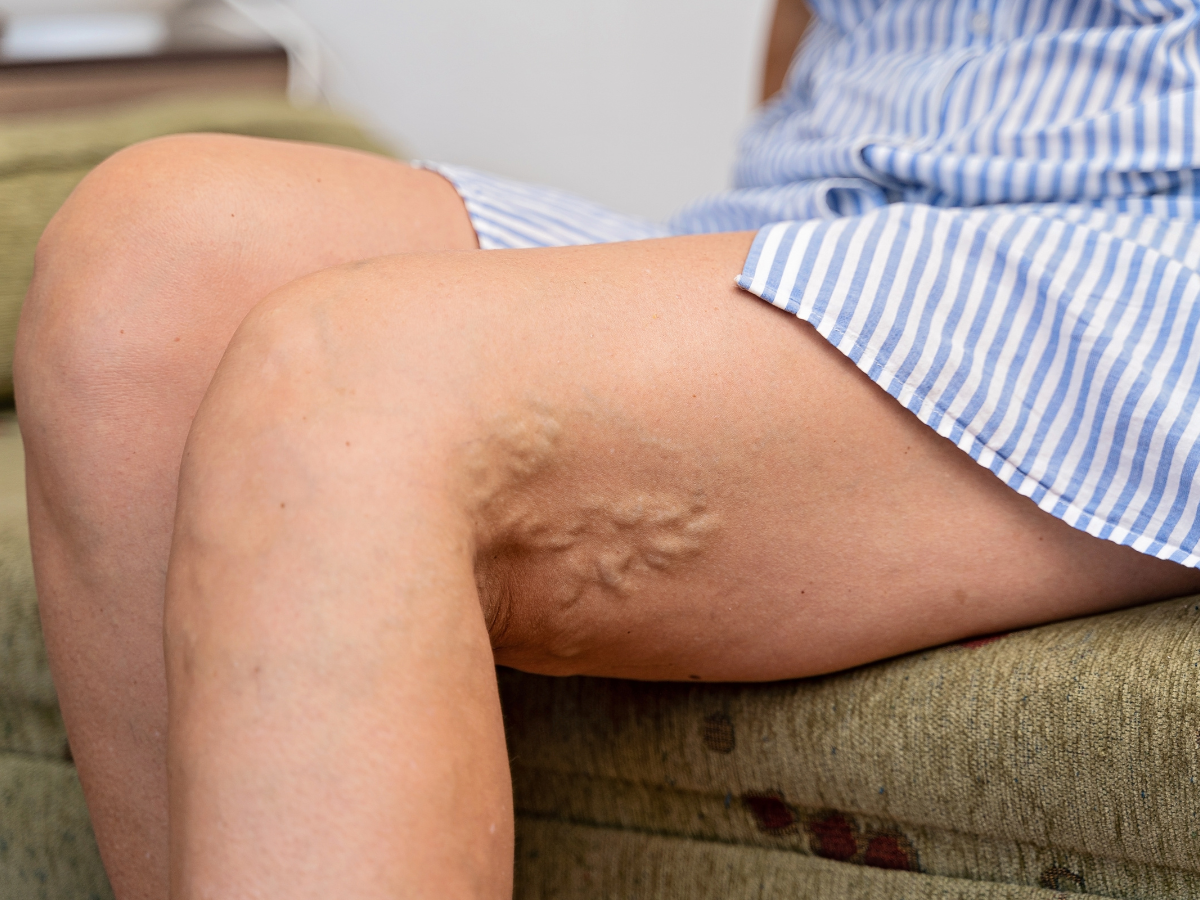How do Venous Ulcers Develop?

Venous ulcers are wounds that occur when the veins in your legs cannot pump blood back up to your heart efficiently. This can happen when the valves in your veins become damaged, causing the blood to pool in your legs and creating pressure that damages the skin and underlying tissue. Venous ulcers usually occur on the inside of the leg, just above the ankle.
Factors that can lead to the development of venous ulcers
Many factors can lead to the development of venous ulcers, including:
- Chronic venous insufficiency: This is a condition in which the veins in your legs cannot adequately pump blood back up to your heart. This can be caused by damage to your veins’ valves or blockages preventing blood from flowing freely.
- Obesity: Excess weight puts additional pressure on the veins in your legs and makes it more difficult for them to pump blood.
- Age: As you age, the valves in your veins may become weaker and less able to function correctly.
- Sedentary lifestyle: If you spend most of your time sitting or standing, the muscles in your legs cannot help pump blood back up to your heart. This can cause pooling and eventually lead to venous ulcers.
- Family history: If you have a family member who has had venous ulcers, you may be more likely to develop them yourself.
Prevention of venous ulcers
If you have any of these deleterious risk factors, it’s essential to take steps to prevent venous ulcers from developing. This includes:
- Exercising regularly: Exercise helps to strengthen the muscles in your legs and improve blood circulation.
- Wearing compression stockings: These stockings help to support the veins in your legs and improve blood flow.
- Elevating your legs: When you elevate your legs, gravity helps to push blood back up towards your heart. This can be done by lying down and placing your legs on a pillow or sitting in a chair with your feet propped up.
If you already have venous ulcers, many treatments can help heal them and prevent them from returning. These include:
- Cleaning the wound: Keeping the wound clean and free from infection is essential. This can be done by washing it thoroughly with soap and water or using an antiseptic solution.
- Applying a dressing: A bandage or dressing can help to protect the wound and promote healing.
- Taking antibiotics: If the ulcer is infected, you may need to take antibiotics to clear the infection.
- Undergoing surgery: In some cases, surgery may be necessary to repair the damaged veins. This can help to improve blood circulation and prevent venous ulcers from recurring.
Conclusion
If you have risk factors for developing venous ulcers or if you already have an ulcer, it’s essential to talk to your doctor about the best way to prevent or treat them. With proper treatment, most venous ulcers will heal and won’t come back.
References:
- Venous ulcers. (2021, August 8). Venous ulcers. (2021, August 8) https://www.hopkinsmedicine.org/health/conditions-and-diseases/venous-ulcers